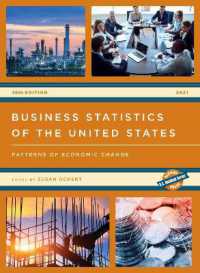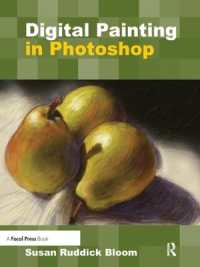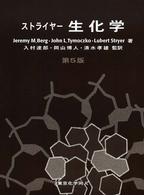- ホーム
- > 洋書
- > 英文書
- > Literary Criticism
Full Description
Now in its second edition, How to Read Texts introduces students to key critical approaches to literary texts and offers a practical introduction for students developing their own critical and close-reading skills. Written in a lively, jargon-free style, it explains critical concepts, approaches and ideas including:
- Debates around critical theory
- The role of history and context
- The links between creativity and criticism
- The relationship between author, reader and text.
The new edition now includes guidance on analysing a range of multi-media texts, including film and online media as well as the purely literary. In addition to new practical examples, readings, exercises and 'checkpoints' that help students to build confidence in their own critical readings of both primary and secondary texts, the book now also offers guidance on writing fully-formed critical essays and tips for independent research. Comprehensively updated and revised throughout, How to Read Texts is an indispensible guide for students making the transition to university study.
Contents
1. What is a Text and What Do We Do With It?
Thinking about texts
Texts in the digital age
Terminology and differences
Levels of reading
Theories of reading
2. Creative Reading
What is criticism?
What is creativity?
Being critical and creative
Reading as a critic vs. reading as a writer
Creativity and/as research
3. Close Reading
The history of close reading
The benefits of close reading
The problems with close reading
New ways of applying close-reading-skills
Researching texts close-up
4. Biography and Authorship
The role of the author
The significance of biography
Life-writing
The limitations of author-centred approaches
Researching authors
5. History and Contexts
How history fits in
Other types of context
A critique of historical reading
The strengths of historical reading
Researching contexts
6. Reading Theoretically
What is theory?
The origins of theory
The impact of theory
The achievements of theory
After theory
Conclusion: Reading Now!
Notes
Bibliography
Index







